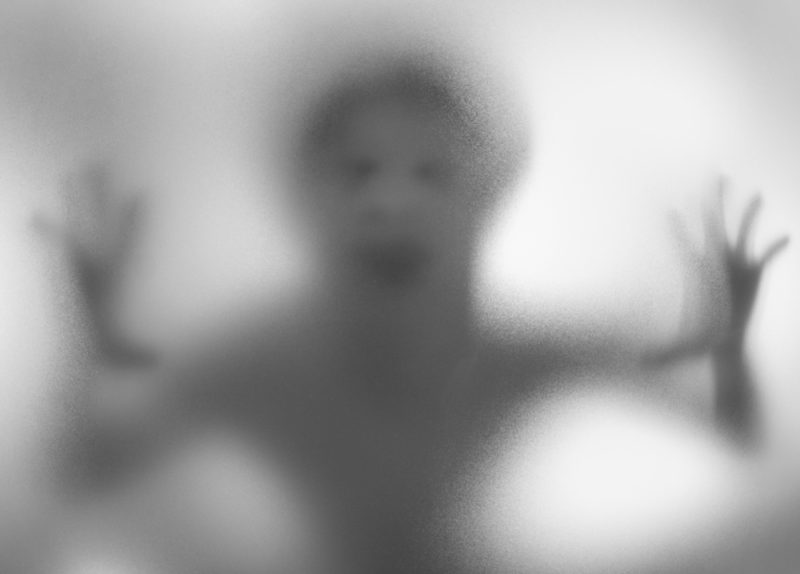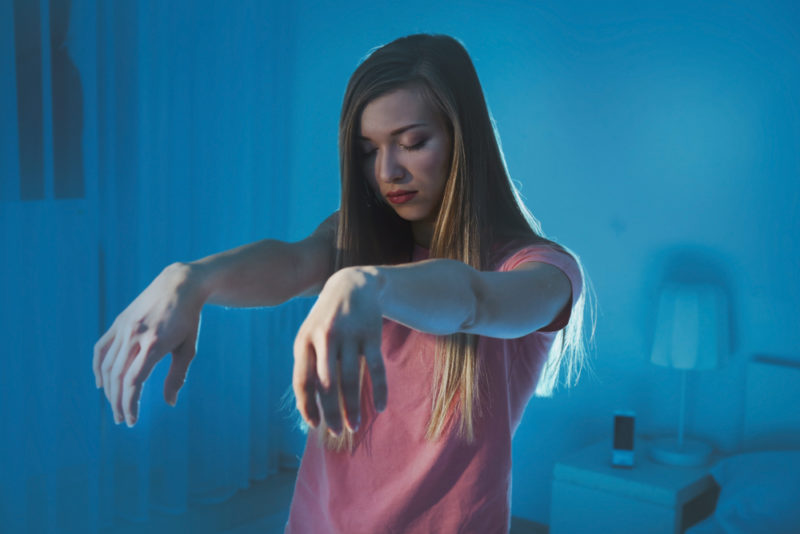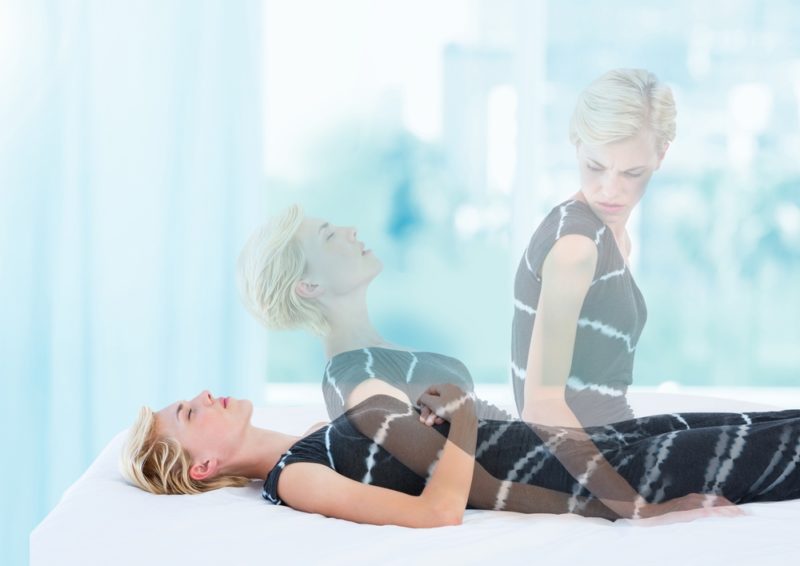If you’ve ever had a strange experience mid-sleep, you’re not alone. Or maybe you wake up feeling more tired than when you went to bed? It turns out there are plenty of odd sensations that can occur during a seemingly usual night’s rest. Sleeping is more than “lights out.”
Here are 10 mysterious things that occur while sleeping:
1. Sleep Paralysis
If you’ve ever experienced sleep paralysis, you know how terrifying it can be. When a person is experiencing sleep paralysis, they wake up at night and are unable to move. They may have feelings or hallucinations that someone else is in the room. Sleep paralysis occurs when the muscles “turn off” when the brain is awake. About 7% of the population has experienced sleep paralysis at least once.
2. Hypnagogic Hallucinations
Hypnagogic hallucinations occur when a person is on the verge of falling asleep but they are still awake, and they see strange pictures in their mind. They are often scary faces or frightening creatures. Children experience hypnagogic hallucinations more often than adults. It may be due to stress or possibly even an active imagination.

3. Sleep Talking
If you’re a sleep-talker, you probably aren’t aware of it, but you can bet your partner is. People who sleep-talk suffer from somniloquy. The condition isn’t dangerous, unless of course, you’re worried about blurting out secrets in your sleep. Men and children are more prone to sleep talking. The main reason people sleep-talk is believed to be stress. It can occur when a person’s psyche is attempting to resist something that he or she does not agree with in reality.
4. Sleepwalking
Sleepwalking is a state that is opposite of sleep paralysis. The person is completely asleep, but muscle paralysis does not occur. While sleeping, the sleepwalker is able to walk, clean, or even leave the house. In the morning, they don’t remember anything that occurred while they were asleep. Sleepwalking can be quite dangerous. It occurs in less than 10% of the population, and the cause is still unknown.

5. A Dream Within A Dream
Having a dream within a dream can be quite frightening. You may think you have just woken up from a dream, but strange things continue to happen. It turns out you were only dreaming that you woke up. Scientists can’t explain why this happens.
6. Falling Onto The Bed
Some people experience a sensation of being thrown onto their bed from high up. If this has ever happened to you, you might suddenly flinch and wake up from a dream where you are flying or falling. This may occur when the brain gets scared. It perceives your dream as a real threat, then sends impulses to the muscles.

7. Recurring Dreams
Many people experience recurring dreams. It may be consecutive nights in a row, or years in between. A recurring dream constantly produces the same plot. According to psychologists, the brain uses recurring dreams to make us pay attention to something we didn’t notice in reality. The story will keep playing out over and over again, until it is resolved.
8. Out-Of-Body Experience
In an out-of-body experience, a person is half awake and half asleep. They are able to see themselves from somewhere outside of their body. While this phenomenon is difficult to study, scientists know that the illusion of leaving the body does exist. They aren’t sure why or how it occurs.

9. Sleep Apnea
A person who suffers from sleep apnea suddenly stops breathing in the middle of the night. A a result, they are jolted awake. Sleep apnea reduces sleep quality drastically. It also causes arterial pressure to fluctuate during an attack, which can lead to heart problems. Obesity, smoking, and old age are risk factors of sleep apnea.
10. Enlightenment During Sleep
Have you ever had an aha-moment, while you were sleeping? It might be the answer to a problem you’ve been searching for or a creative idea. During sleep enlightenment, your brain gives you a clue while you’re asleep. Your only job is to remember it when you wake up! Sleep enlightenment occurs when the subconscious knows the answer and is trying to provide insight.
Sources:
Bright Side
NCBI
Psychology Today
Current Psychiatry
National Sleep Foundation
Plos One
Mayo Clinic
NCBI


